Midwinter Fire Dogwood
$34.50 Original price was: $34.50.$24.15Current price is: $24.15.
- Free Shipping over $25
- Fast & reliable delivery options
- Enjoy top quality items for less
- Multiple safe payment methods

Winter in the garden can be a drab and boring time. Black earth, snow and bare twigs don’t exactly brighten our hearts on days when the nights close in so soon. That’s why it’s important to have plants in your garden that bring beauty in winter, and that’s why you should have the Midwinter Fire Dogwood in your garden. It’s glowing orange and red twigs light up the bleakest days, looking effective against bare soil, snow, water or ice, and giving a lift when we most need it. On crisp sunny days it sparkles and shines. This useful shrub is also super-easy to grow and makes a great summer background for all your other plants. As well, it is ideal for those difficult wet places that so many gardens have, and perfect beside water, whether you have a tiny pond or a lake-frontage. Every garden has spaces to fill with undemanding, low-maintenance shrubs – and the Midwinter Fire Dogwood falls clearly into that category – and gives you both glowing yellow fall leaves and striking red twigs in winter – what’s not to like?
Growing the Midwinter Fire Dogwood
Size and Appearance
The Midwinter Fire Dogwood is an upright, broad, deciduous shrub, naturally growing 5 or 6 feet tall and just as wide if left untrimmed. With periodic pruning it can easily be kept closer to 3 feet tall. It produces many slender twigs, sprouting from the base, which are pink when young but as colder weather comes they turn orange and then bright red, making a really colorful show in your garden. New stems often turn purple on their sunny side. The color lasts all winter. Older twigs are yellow, and after a few years they turn greenish-gray in color, but new growth is always winter red. The smooth oval leaves are about 3 inches long, tapering to a pointed tip, with prominent veins running along their length. They are bronzy-green in spring, turning dark-green all summer, making a calm backdrop to other plants. In fall they turn clear, bright yellow, and then drop to reveal the brightly-colored twigs.
In late spring, on unpruned plants, you will see small clusters of white flowers along the twigs, partially hidden among the leaves. By late summer these have turned into bunches of dark purple berries. The flower and berry display is quietly attractive, and the berries are popular and valuable food for songbirds.
Using the Midwinter Fire Dogwood in Your Garden
Use this reliable shrub wherever you want a splash of winter color. It’s great for filling spaces in large beds, mass-planting along streams and beside water, or for bringing winter interest to the foundation planting around your home. The branches can be cut for vases in the house. Try to place it where you see it coming and going from your house in winter, or from a window – you probably won’t be spending much time in winter in the back corners of your yard.
Hardiness
This dogwood is hardy in zones 5, 6 and 7. It will grow in warmer zones in the north-west. If you want similar plants that are hardy in zones 3 and 4, check out our varieties of Cornus alba or our native red-twig dogwood, Cornus sericea. These are all very similar in appearance.
Sun Exposure and Soil Conditions
Full sun will give the strongest growth and best winter color on your plants of the Midwinter Fire Dogwood, but it also grows well in areas with a few hours of shade each day. This plant grows well in ordinary garden soils, including alkaline soils, but also in moist to wet soils, as long as they are not stagnant and smelly. This makes it ideal for planting beside water where the choice of plants is limited. Very dry, sandy soils are not so suitable, but it will grow in most locations.
Maintenance and Pruning
The Midwinter Fire Dogwood is free of pests or diseases, untroubled by deer, and easy to grow. It can be left to grow naturally, but over time the new growth becomes shorter, so it becomes less colorful in winter. You can prune annually, but the easiest thing is to prune back close to the ground every 2 or 3 years. Do this in early spring, leaving about 6 inches of older stems. It will quickly re-sprout, sending up new twigs 2 to 3 feet long by fall, with lots of bright color. Avoid trimming like a hedge, as this will make the new twigs even shorter, and reduce color more.
History and Origin of the Midwinter Fire Dogwood
The European dogwood, Cornus sanguinea, grows wild all across Europe, from England to the Caspian Sea. It grows beside water, in low-lying areas and around woods. The long, straight stems have been used since prehistoric times for making arrows. It is often called “winter fire” for its red twigs, which are often sold in bunches in flower shops. The variety Midwinter Beauty was discovered around 1980 in a garden in Germany by V. H. Venhorst, and introduced as a garden variety in 1990 by Van den Dool Cultures BV, a tree nursery in Boskoop, the Netherlands. It is similar to Winter Beauty – but more vigorous and colorful – with which it is sometimes confused.
Buying the Midwinter Fire Dogwood at the Tree Center
These various dogwoods with colored winter twigs are invaluable in every garden, and such reliable plants that they are always big sellers. The Midwinter Fire Dogwood is always super-popular, and especially colorful. Don’t miss out, order now, and keep your garden warm this winter around a glowing fire.
Be the first to review “Midwinter Fire Dogwood” Cancel reply
Related products
Hydrangeas
Other Shrubs & Hedges
Other Shrubs & Hedges
Rhododendron
Butterfly Bush
Lilacs
Boxwood Shrubs
Butterfly Bush





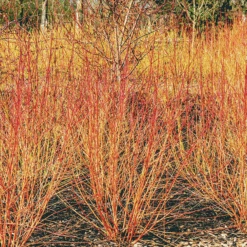
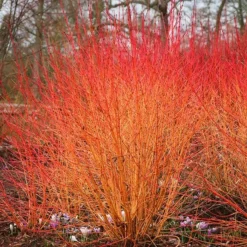
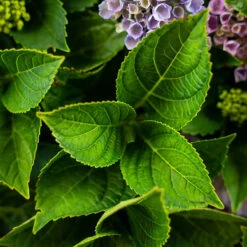
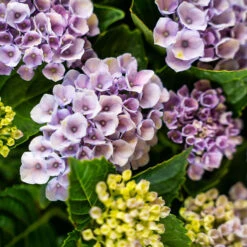
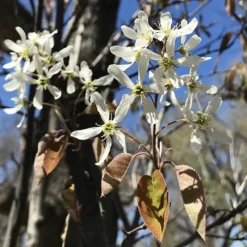

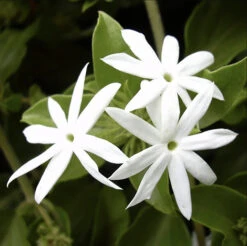
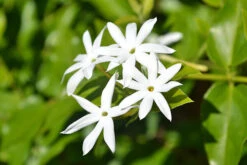

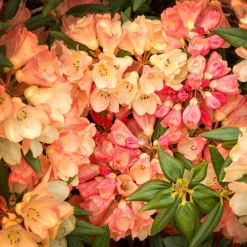



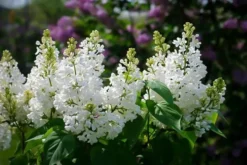



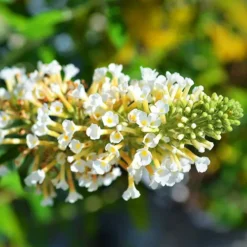
Reviews
There are no reviews yet.